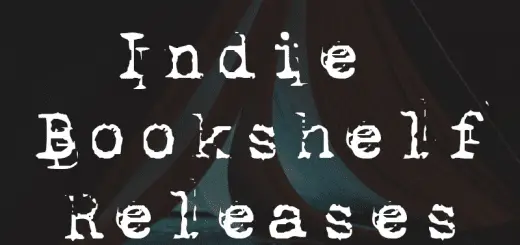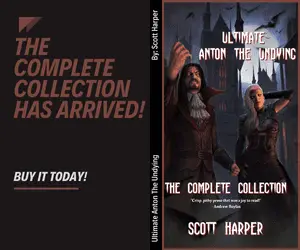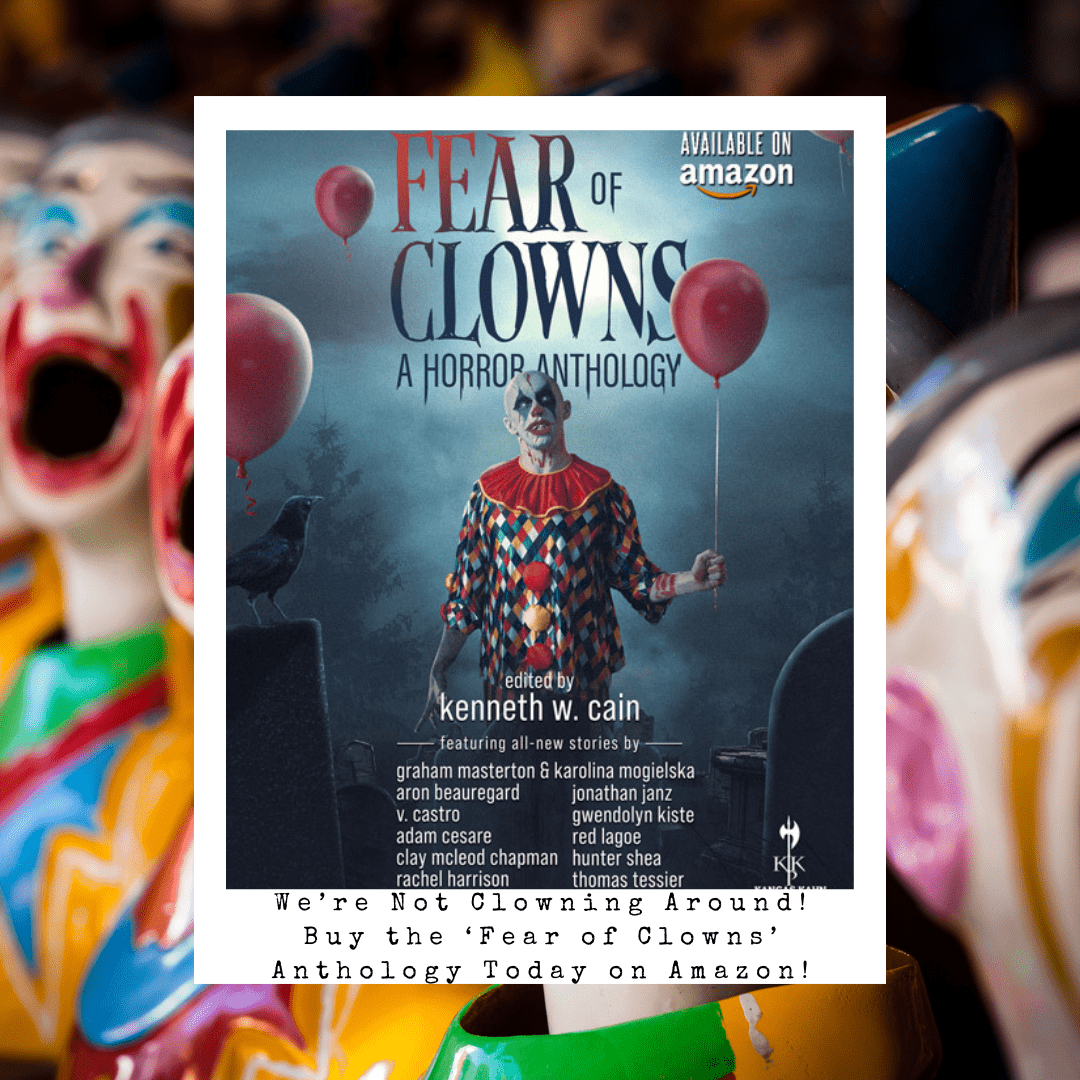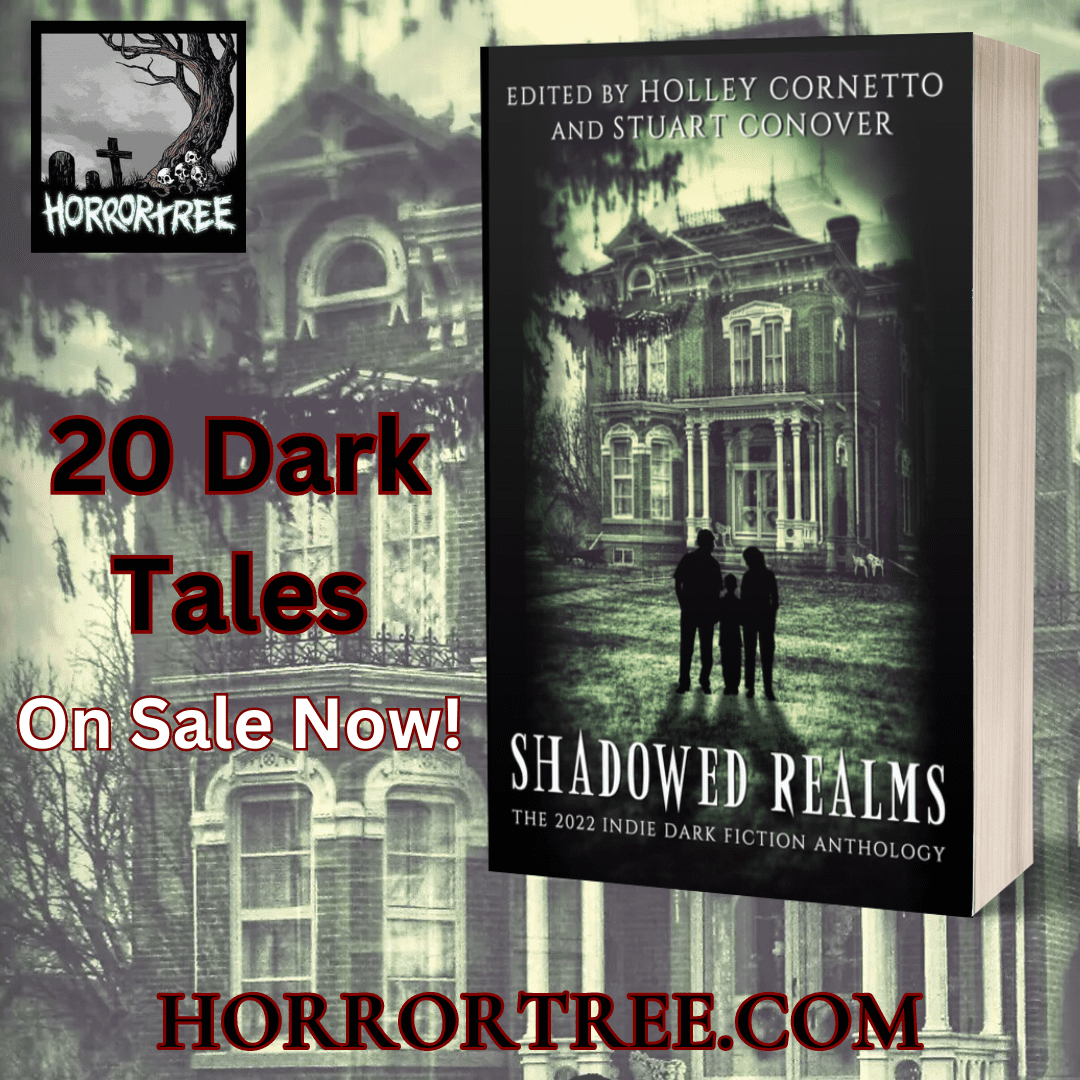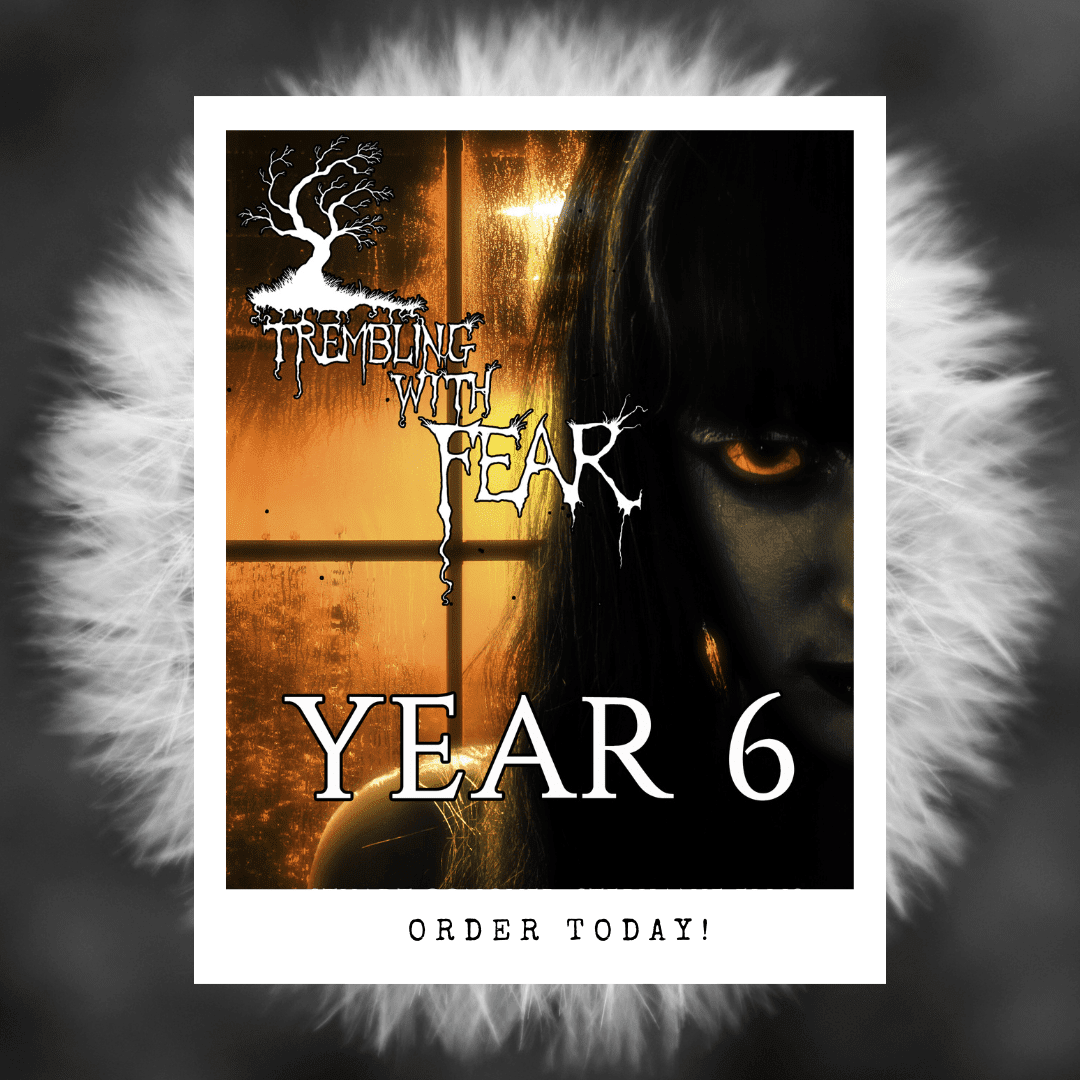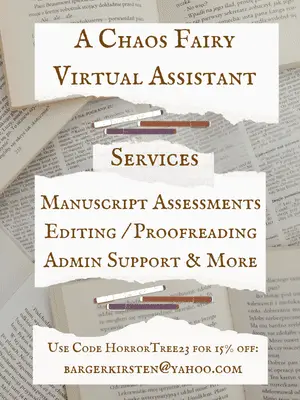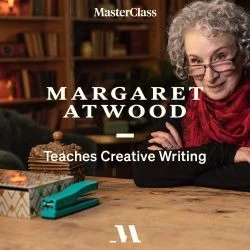Horror Story Inspirations: Authors All Students Should Know
Horror Story Inspirations: Authors All Students Should Know
The world of horror literature is a rich and complex landscape that has captivated readers for generations, offering more than just cheap thrills and momentary scares. For students exploring the depths of literary horror, understanding the masters of the genre is crucial to appreciating its nuanced artistry and psychological complexity. While some might be tempted to pay someone to write your essays about horror literature, true literary exploration requires a genuine engagement with the works of those who have shaped the genre.
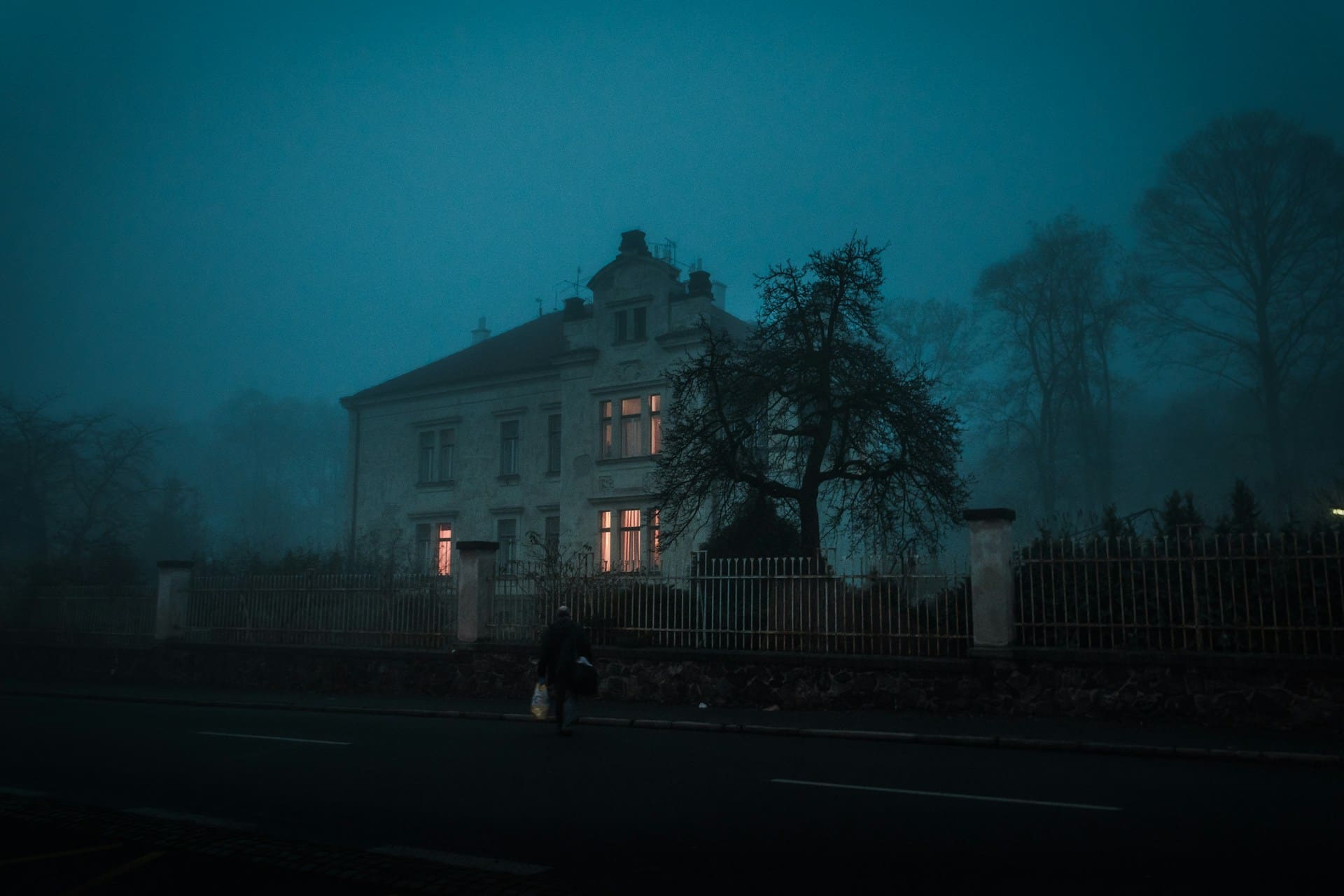
Photo by Ján Jakub Naništa on Unsplash
Horror literature has deep roots that extend far beyond simple shock value, representing profound explorations of human fears, societal anxieties, and the darker aspects of human nature. From Gothic pioneers to contemporary masters, these authors have consistently pushed the boundaries of storytelling, using terror as a lens to examine complex human emotions and social dynamics. The genre offers far more than surface-level frights, providing critical insights into psychological landscapes and cultural fears that continue to evolve with each generation.
Edgar Allan Poe: The Architect of Psychological Horror
Edgar Allan Poe stands as the foundational pillar of American horror literature. His works, including The Tell-Tale Heart and The Fall of the House of Usher, revolutionized the genre by introducing psychological depth to horror narratives. Poe’s ability to explore the dark recesses of the human mindset is a standard that continues to influence writers today. His stories are not merely about external monsters but about the monsters that reside within human consciousness – the irrational fears, obsessive thoughts, and destructive impulses that lurk beneath the surface of seemingly rational minds.
Poe’s narrative techniques were groundbreaking for his time. He pioneered the concept of the unreliable narrator, a literary device that has become crucial in horror and psychological fiction. In The Tell-Tale Heart, the narrator’s descent into madness is portrayed with such intimate detail that readers are forced to question the boundaries between sanity and insanity. This approach transformed horror from simple ghost stories to complex psychological explorations.
Mary Shelley: The Birth of Science Fiction Horror
Often overlooked in traditional horror discussions, Mary Shelley deserves recognition as a pivotal figure in horror literature. Her novel Frankenstein, published in 1818, is arguably the first true science fiction horror novel. Shelley’s work goes far beyond the popular conception of a monster story, delving into profound philosophical questions about creation, responsibility, and the ethical boundaries of scientific exploration.
Frankenstein explores the horror of scientific hubris, the fear of uncontrolled creation, and the psychological torment of both creator and creation. Shelley’s monster is not a mindless beast but a complex being capable of profound emotion and philosophical reflection. This nuanced approach challenged contemporary views of monstrosity and humanity, setting a new standard for horror literature that would influence generations of writers.
H.P. Lovecraft: Cosmic Horror and Existential Dread
H.P. Lovecraft represents another cornerstone of horror literature, introducing a cosmic horror that fundamentally changed how writers approach fear. His concept of “cosmic indifference” suggests that humanity is insignificant in the face of incomprehensible universal forces. Works like The Call of Cthulhu and At the Mountains of Madness explore terrifying scenarios where human understanding completely breaks down when confronted with alien intelligence and incomprehensible realities.
Lovecraft’s influence extends far beyond literature, impacting film, video games, and broader popular culture’s approach to horror. His mythology of ancient, incomprehensible beings – the Cthulhu Mythos – has become a cultural touchstone, inspiring countless adaptations and interpretations. However, it’s important to critically examine Lovecraft’s work, acknowledging both his literary innovations and the problematic racist undertones present in many of his writings.
Shirley Jackson: The Queen of Psychological Subtlety
Shirley Jackson brings a different dimension to horror, focusing on psychological terror and the horror found in everyday domestic settings. Her novel The Haunting of Hill House remains a seminal work that explores psychological instability and the thin line between supernatural phenomena and mental breakdown. Jackson’s writing demonstrates how true horror can emerge from subtle psychological manipulations, creating tension through what is left unsaid and unexplained.
In works like The Lottery, Jackson exposed the horrifying potential of societal conformity and collective violence. Her ability to find terror in the mundane – in suburban homes, small-town gatherings, and familial relationships – revolutionized the horror genre. She showed that the most terrifying monsters often wear the most ordinary faces.
Stephen King: Bringing Horror to the Mainstream
Stephen King, perhaps the most commercially successful horror author, has been instrumental in bringing horror literature to mainstream audiences. Unlike some of his predecessors, King combines visceral terror with deeply human narratives. Books like The Shining and It explore how supernatural elements interact with very real human fears and traumas. His characters are richly developed, making the horror elements feel more immediate and affecting.
King’s extensive body of work demonstrates the genre’s versatility. From supernatural horror to psychological thrillers, from coming-of-age narratives to apocalyptic scenarios, he has consistently pushed the boundaries of what horror can accomplish. His non-fiction book Danse Macabre remains one of the most insightful explorations of horror as a literary and cultural phenomenon.
Diverse Voices in Contemporary Horror
Female authors have made particularly significant contributions to the horror genre in recent decades. Anne Rice revolutionized vampire literature with Interview with the Vampire, transforming the monster narrative into a complex exploration of immortality, loneliness, and existential questioning. More recently, authors like Carmen Maria Machado have pushed horror boundaries, blending genre conventions with experimental narrative techniques in her collection Her Body and Other Parties.
International horror literature offers equally compelling perspectives. Japanese authors like Koji Suzuki, known for Ring, have introduced psychological horror narratives that challenge Western genre conventions. Latin American writers such as Jorge Luis Borges have used horror and supernatural elements to explore philosophical and metaphysical questions, blurring the lines between reality and imagination.
The Future of Horror Literature
Contemporary horror continues to evolve, reflecting current societal anxieties. Authors like Silvia Moreno-Garcia blend horror with other genres, creating hybrid narratives that challenge traditional categorizations. Her novel Mexican Gothic reimagines Gothic horror through a postcolonial lens, demonstrating how the genre can address complex social and historical traumas.
Understanding these authors provides more than just literary knowledge. They offer insights into how societies process fear, how psychological boundaries can be explored, and how storytelling can be a powerful tool for understanding human nature. For students of literature, these authors represent not just horror writers, but profound cultural commentators who use fear as a sophisticated narrative strategy.
The horror genre continues to be a dynamic and evolving form of artistic expression. From its Gothic roots to contemporary explorations, it remains a powerful medium for examining human fears, societal tensions, and the complex psychological landscapes that define human experience. Students who delve into these works will discover that true horror literature is far more than simple frightening narratives – it is a nuanced art form that offers deep insights into the human condition.
By studying these authors, readers learn that horror is not about shock but about understanding. It is a genre that courageously confronts the unknown, explores psychological depths, and provides a unique lens through which we can examine our deepest fears and most complex emotions. The greatest horror writers do not merely frighten – they illuminate the darkest corners of human experience, challenging readers to confront what they might otherwise prefer to ignore.
The journey through horror literature is a journey into the human psyche, an exploration of our most profound fears, our deepest anxieties, and the shadowy regions of consciousness that we often prefer to keep hidden. It is a testament to the power of storytelling, the complexity of human experience, and the enduring ability of literature to help us understand ourselves and the world around us.

